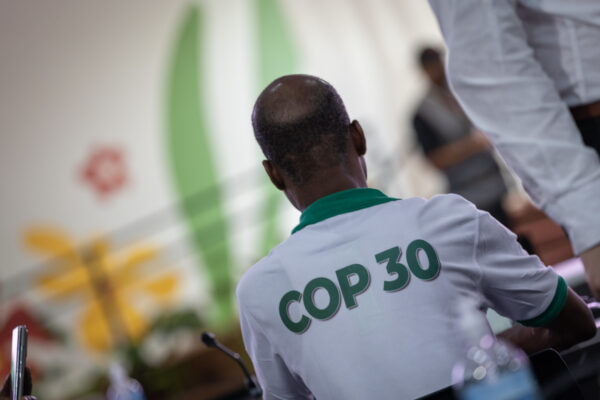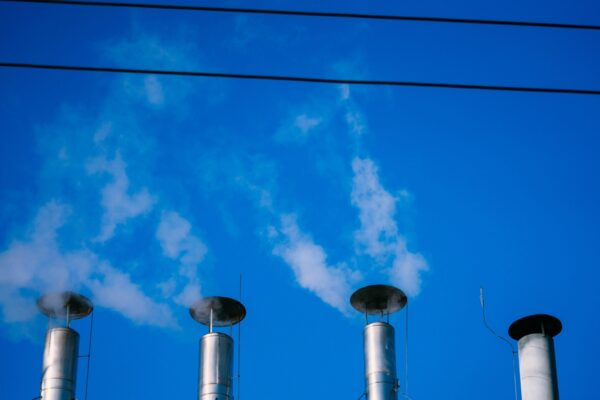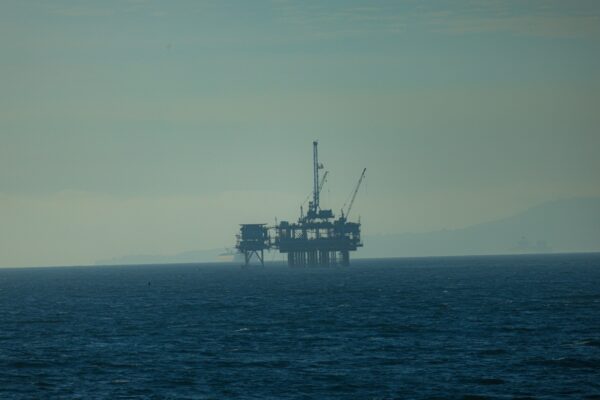LNG shipbuilding industry heading to huge oversupply
In our updated report on the future of the LNG carrier shipbuilding industry, we find there's an even smaller need for these carriers to be built in the future, but that the industry continues to add capacity that simply won't be needed.
Share

October 14, 2024 (SEOUL) —The LNG shipbuilding industry appears to be doubling down on building new carriers, ignoring the global shift to a low carbon economy and putting itself into an even worse oversupply situation than a year ago, according to a new analysis released today.
The analysis ‘Still Adrift Updated assessment of the global energy transition’s impact on the LNG shipbuilding industry’, by Climate Analytics and commissioned by Solutions for Our Climate (SFOC), updates a report released last year, looking at the required - and planned - shipping capacity for future LNG trade under the International Energy Agency scenarios. It finds a massive oversupply of LNG shipping capacity is being planned well into the future - an increase of 16 million cubic metres of planned shipping capacity since last year's report.
The study was undertaken in light of the International Energy Agency's (IEA) consistent, downward, revision of global fossil gas demand projections under its most conservative scenario, one that reflects current policies and private sector momentum with no increase in climate ambition, and which finds that global gas demand peaks in 2030, at the latest.
"No new LNG carriers are needed in any scenario, including both the IEA's 2023 Net Zero Emissions (NZE) pathway, which aligns with the globally agreed goal of limiting temperature increase to 1.5°C, and the more conservative Stated Policies Scenario (STEPS), that reflects policies already adopted by governments,” said report lead author, Climate Analytics energy analyst Thomas Houlie.
"While the International Energy Agency shows no role for fossil gas in the global energy transition, the LNG shipbuilding industry appears to be heading in the opposite direction, which could be to the detriment of everybody involved in the industry.”
In 2025 and 2026, 180 carriers with a total of 32 million cubic metres (m3) of shipping capacity are projected to be delivered – 28% of the capacity in operation in 2023. While there were 64 orders for LNG carriers in 2023, the first five months of 2024 alone saw 55 new orders placed and since the report's cutoff date of May 2024, another 27 have been added.
Even under the IEA’s more conservative, STEPS scenario, aligned with policies already adopted by governments, an oversupply of LNG shipping capacity is still evident. This excess capacity exists even now and is projected to grow. By 2030, the surplus is expected to grow to 40% beyond what is required of the industry's operating capacity - the equivalent of 275 modern carriers.
"As the energy transition accelerates at an unprecedented pace, investing in fossil fuel transport capacity represents not just a risky and shortsighted gamble for investors, shipbuilders, and shipowners, but an imminent threat to their financial stability," said Dongjae Oh, Head of Gas at SFOC.
“The LNG shipping industry is approaching a cliff edge of overcapacity, with the widespread looming issue of stranded assets. Every new carrier order pushes the industry closer to unsustainable oversupply. Stakeholders must act now to halt new orders or face severe economic consequences as the global shift away from fossil fuels renders these assets obsolete far sooner than anticipated,” Oh added.
The LNG carrier shipbuilding industry has experienced an intense influx of orders for ships to be delivered later in the decade. The glut of new LNG carriers coming online in the near future will push the market into oversupply, risking stranded assets and locking in capital for purposes at odds with the global energy transition.
Two countries will build the overwhelming majority of LNG carriers to come online: China, and South Korea, with the latter taking up the vast majority of the industry.
SFOC’s Oh noted: “While the construction of fossil-fuel related vessels has been a recent, and worrying, trend, South Korea is well-positioned to pivot towards renewable energy shipbuilding. With its existing expertise and robust supply chain, the country could capitalise on growing demand in the clean energy sector by manufacturing vessels like wind turbine installation ships. This transition aligns with global sustainability trends and offers a promising direction for the Korean shipbuilding industry to decouple from the declining fossil fuel industry.”











